
Film Review | Mary Poppins Returns
Producers: Walt Disney Pictures
Runtime: 130 minutes
MPAA Rating: PG
EE Critic Score: 5/10
Mary Poppins Returns is a sequel to the 1964 Disney film Mary Poppins, which was, in turn, an adaption of a series of novels by Australian-British writer P. L. Travers. While there are scenes in this film with rough parallels to scenes in Travers’s books, it is not as much a direct adaptation as the first film.
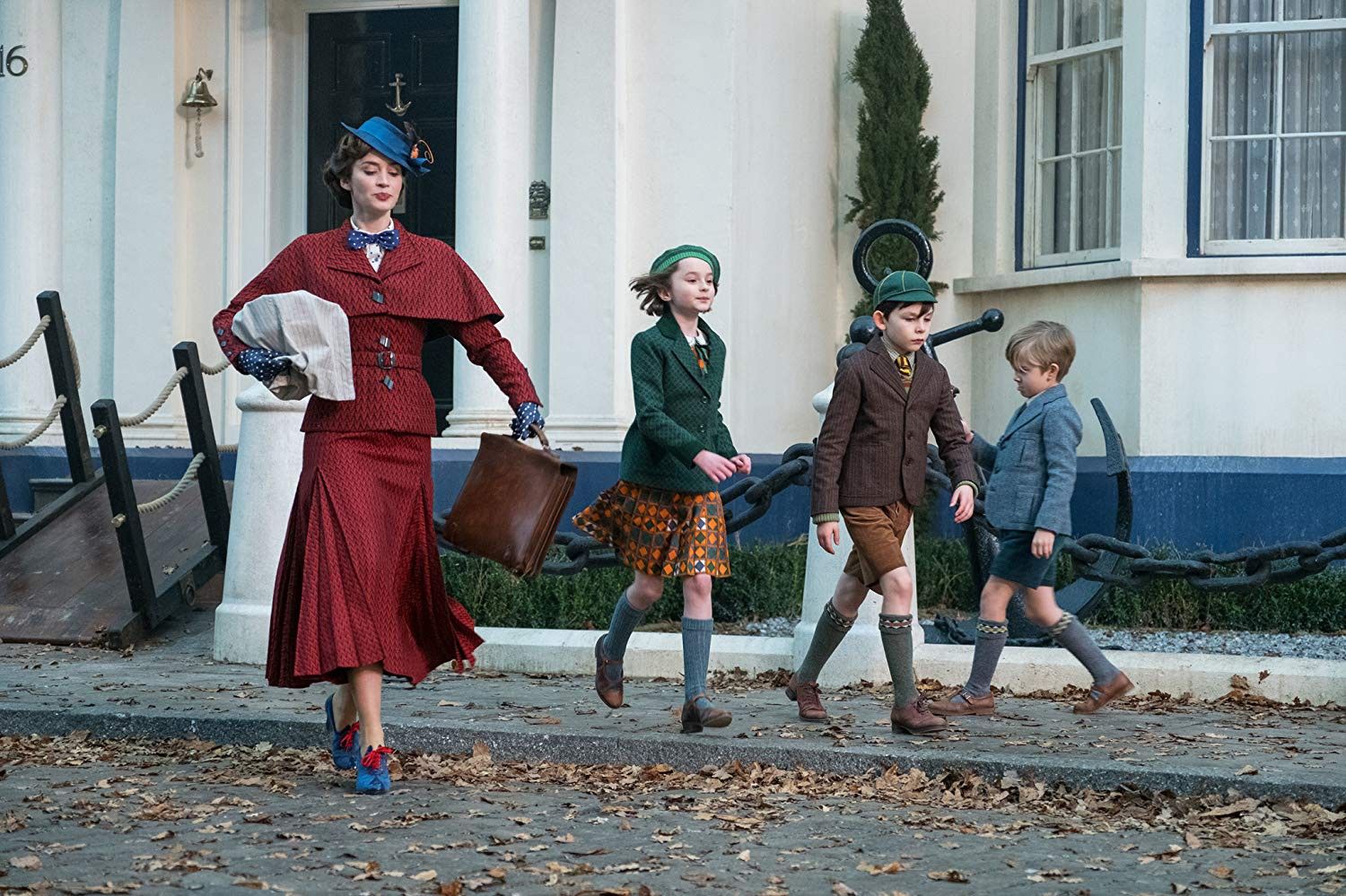
Synopsis
The film is set in the early 1930s, during what the British called “The Great Slump”. The two children of the first film have grown up: Jane Banks (Emily Mortimer) is a labor activist, while her brother, Michael (Ben Wishaw), is a painter who has been forced by the slow economy to take work as a teller at the Fidelity Fiduciary Bank, where their father had been a senior partner. He lives with his three children in the house on Cherry Tree Lane that he and Jane had grown up in. His wife had died the year before.
As the first film opened on Burt the chimney sweep, this opens on his apprentice, Jack the lamplighter (Lin-Manuel Miranda), singing as he bicycles his way through London, taking the audience with him to Cherry Tree Lane. We meet the Banks family in the middle of a chaotic attempt at breakfast, made worse still by the appearance of a pair of lawyers representing the FFB (Jeremy Swift and Kobna Holdbrook-Smith), who have arrived to announce that the emergency loan Michael took against the family home has gone delinquent too long, and the bank is moving to foreclose. Jane and Michael remember that in addition to the house, their father had left then shares in the bank that should be enough to clear the debt. Much of their part of the movie from here on is spent searching for the share certificate.
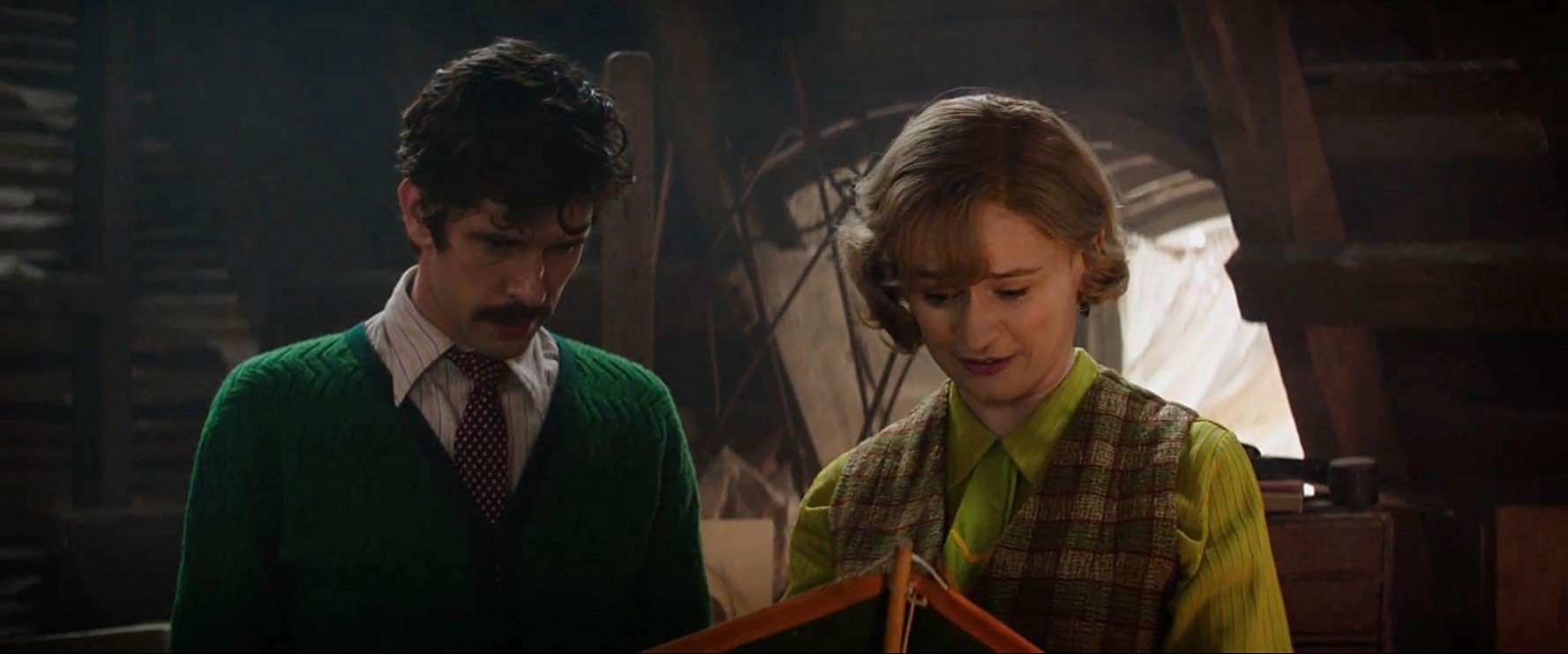
Moreso the focus of the film are Michael’s three children, John (Nathaniel Saleh), Anabel (Pixie Davies), and Georgie (Joel Dawson). The youngest, Georgie, encounters Mary Poppins (Emily Blunt) on the other end of the string of a runaway kite. Poppins returns with him to reunite with Jane and Michael, who are astonished by how much Poppins has remained the same since their childhood. Jane convinces Michael to hire Poppins to look after his children.
Poppins takes the three children on various adventures: A bath turns into an undersea tour; they enter the artwork on the side of a bowl to visit a world of talking animals; they pay a visit to Poppins’s cousin Topsy (Meryl Streep), who spends every second Wednesday stuck on the ceiling, and they spend an evening dancing through the streets with Jack and his lamplighter friends.
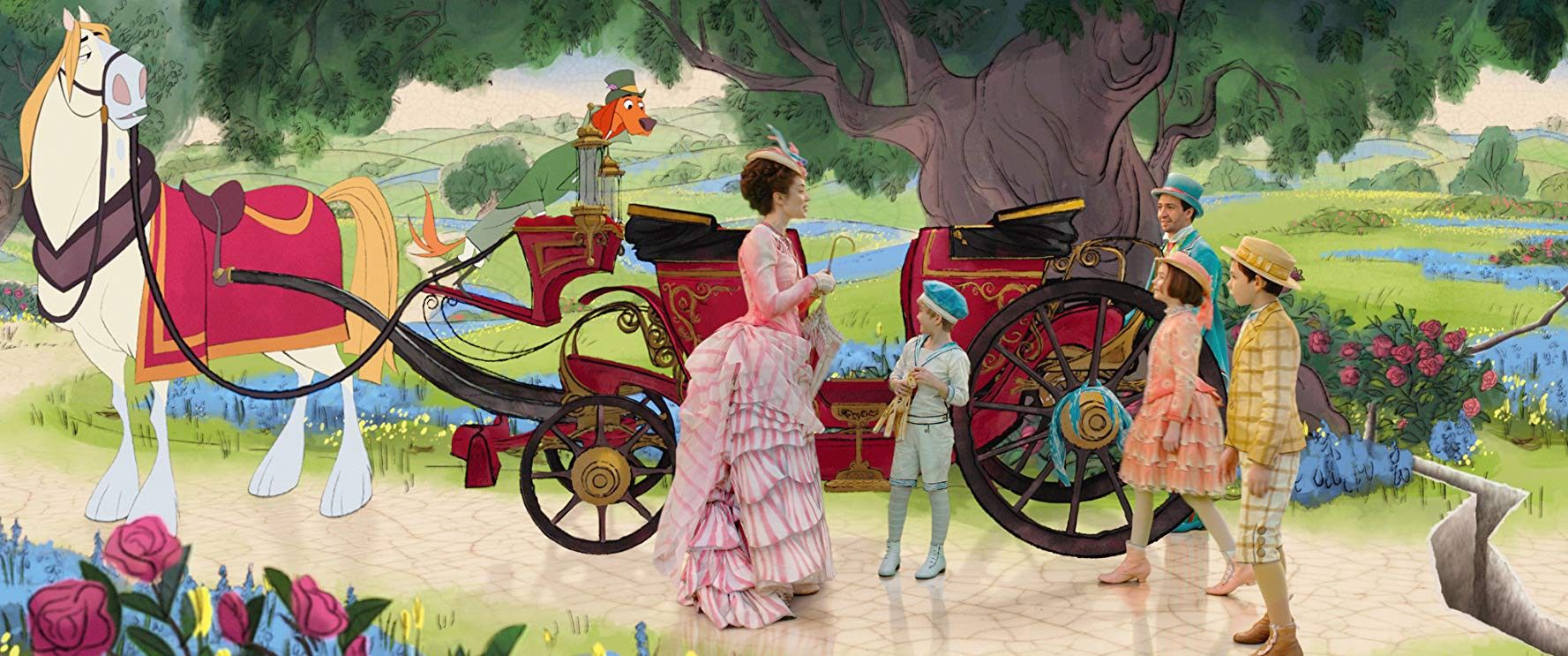
Michael is given an extended deadline by William Weatherall Wilkins (Colin Firth), the acting head of the bank. Wilkins appears helpful, but is in fact working to push the Banks family and others of the bank’s customers into foreclosure. He secretly destroys the bank’s file on George Banks’s shares, leaving Michael in need of his own copy of the shares certificate, which he has so far been unable to find. In the last hours before the deadline, Michael breaks down, chastising his children for spending their time so frivolously. They tell him how Poppins helped then remember their mother, which cheers him up somewhat.
As they pack up their home, the Banks family comes across Georgie’s kite, which Michael notes had been patched up with one of his old drawings. Then he further notices that the drawing had been made on the back of the shares certificate. They hurry to the bank, though it seems unlikely that they will make it there by the time of the deadline. Poppins, Jack, and the other lamplighters stage a daring escapade to set the clock in Elizabeth Tower back a few minutes. The plan works, and the Banks family arrives in Wilkins’s office just as Big Ben chimes.
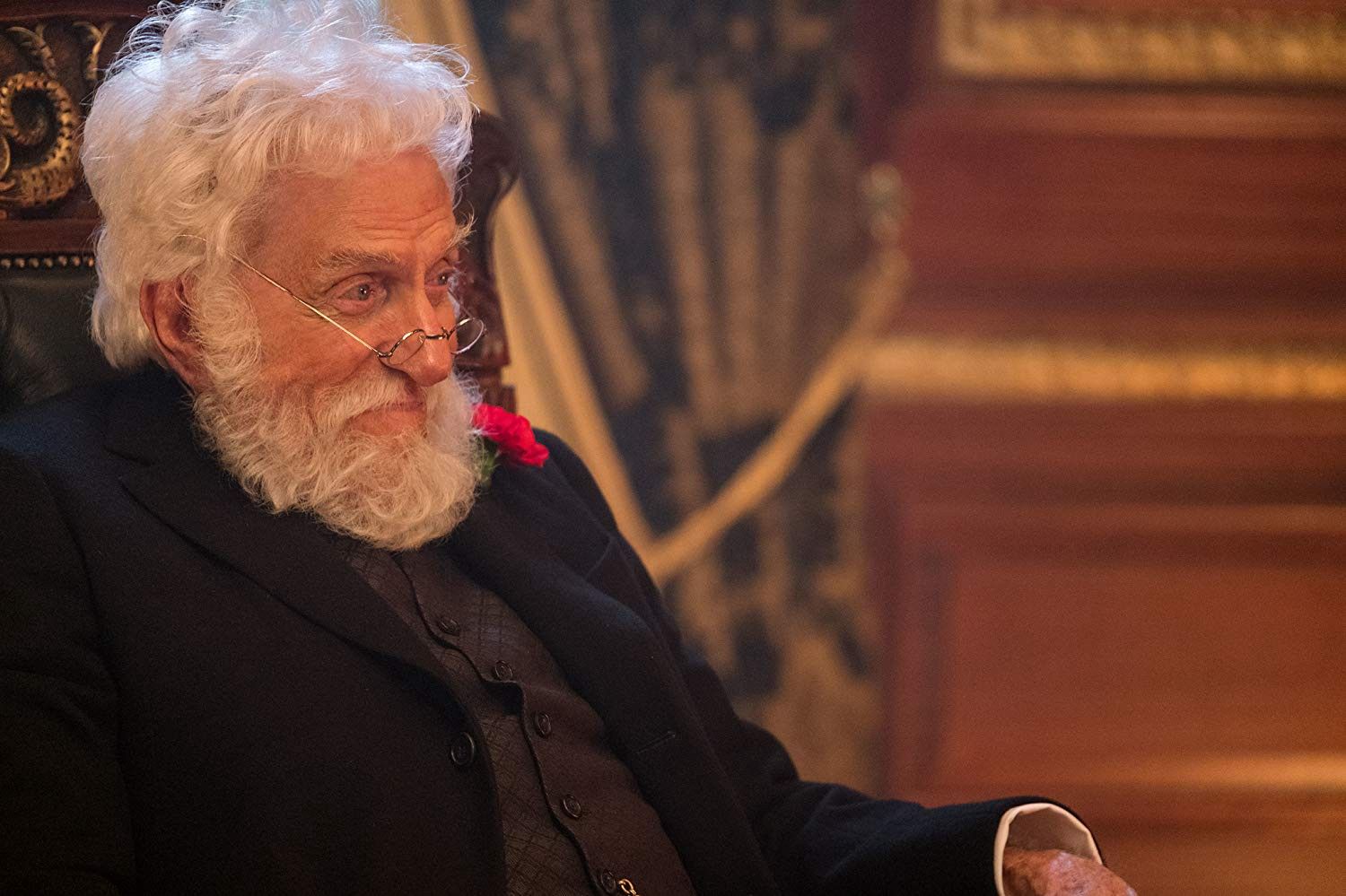
Wilkins refuses to honor the share, as the certificate had been destroyed in patching the kite. His refusal is overruled, however, by the suddenly appearing, semi-retired bank president Mr. Dawes, Jr. (Dick Van Dyke, credited, as he was for his performance in 1864 as Mr. Dawes, Sr., as “Navckid Keyd”). Dawes berates Wilkins for squandering the bank’s good name in his foreclosure sceme and for spreading rumors that Dawes had gone senile. He takes back day-to-day control of the bank, starting by informing Michael that the account he had opened as a young boy with two pence has accrued enough interest to pay off his debt.
Michael and his children return home to see that the Spring Festival has come to Cherry Tree Lane. They all buy balloons from an Angela Lansbury cameo, and float from them through the sky above the park. Poppins, her job done, herself floats away on her umbrella.
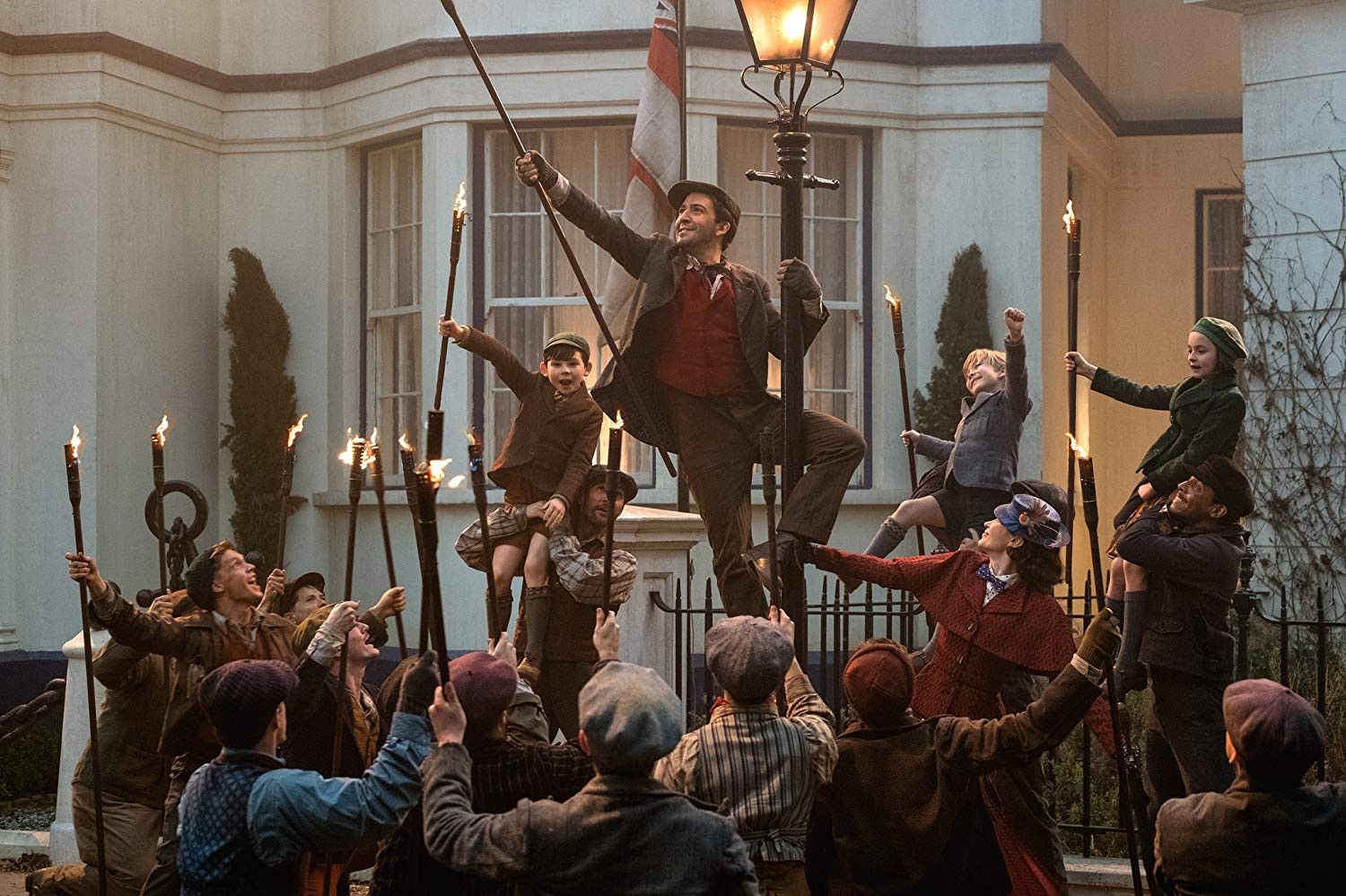
Analysis
This film is very nearly a beat-for-beat remake of the first Mary Poppins film, much to its detriment, as this invites constant comparison to the original, and, in almost every case, the new film loses solidly to the old. I’ll start with what I thought this film did better:
Lin-Manuel Miranda’s Cockney accent was, at least to my ear, better than Dick Van Dyke’s. I’m not British; my only point of reference for Cockney speech is Michael Caine, but Miranda didn’t sound like so much of an ethnic cartoon. (That was apparently Meryl Streep’s job.)
The child acting was a lot better here than in the original. Actually, that’s true of everything about the child characters. Michael’s children have actual agency as characters, whereas it often seemed like he and his sister had been dragged scene-to-scene in the first film.
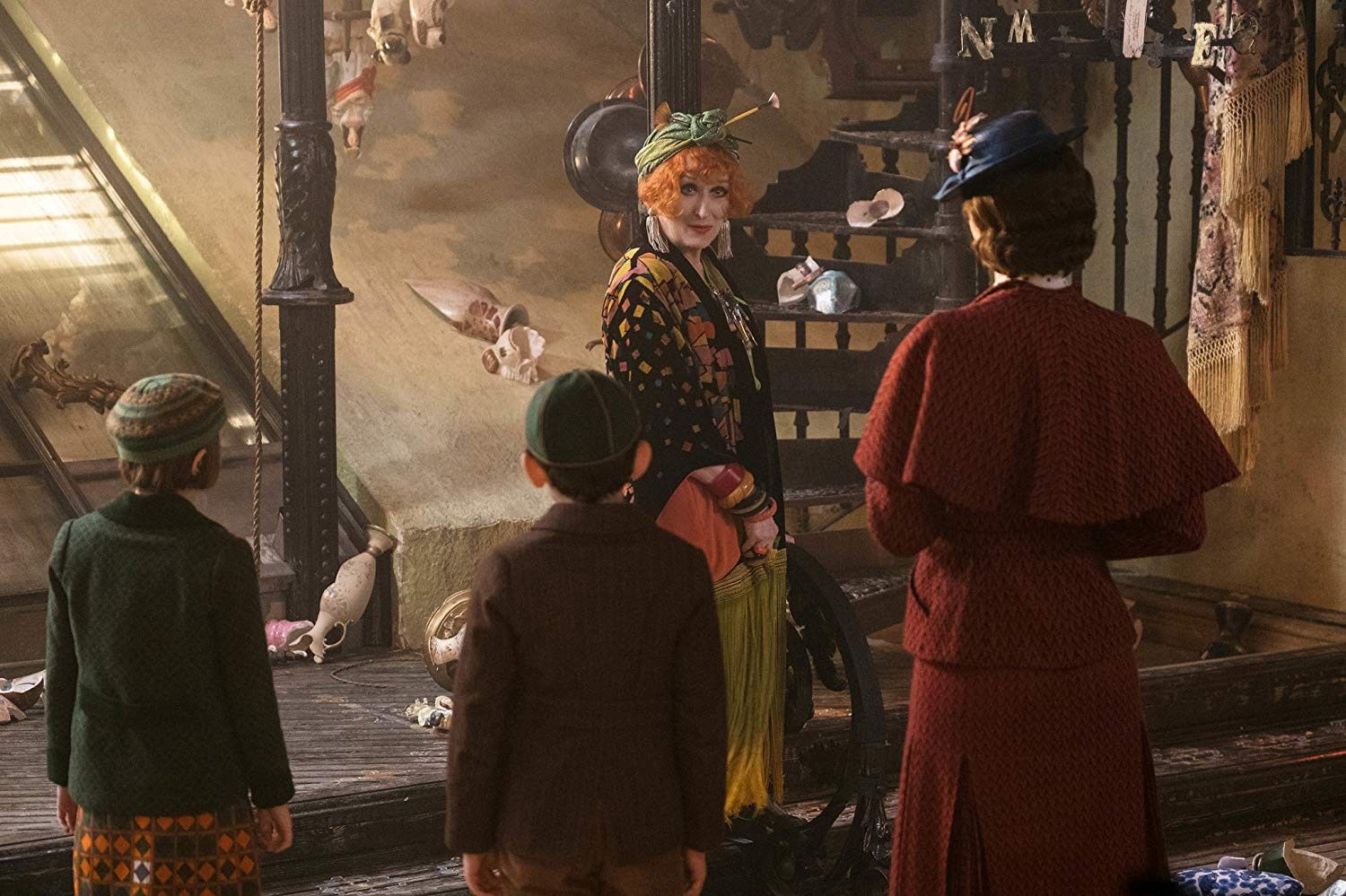
Beyond those two points, I appreciated how much the new actors portraying returning characters stayed true to the original performances. Emily Blunt was fine as Mary Poppins; Julie Walters fit seamlessly into the role of Ellen the housemaid. Emily Mortimer bore an uncanny facial resemblance to Karen Dotrice (who apparently cameoed somewhere here.) The single exception was Dick Van Dyke, who I really don’t want to give grief here, but, to be honest, he’s just giving a less doddering version of his previous performance as Mr. Dawes, Sr., without much to tie to Arthur Malet’s initial take on the character, particularly in the voice.
The music in the film certainly matched the style of the original, which is unsurprising considering the involvement of the surviving Sherman brother. I can’t say I found any of the tunes as memorable, but that’s just personal taste. The only song I really disliked was “A Cover is Not the Book”, for several reasons. It seemed a bit ribald, both to be featured in a children’s movie and to be sung by Mary Poppins. It’s central message was trite and not particularly well integrated into the film. And it featured Lin-Manuel Miranda’s stage-rap, as featured in his show Hamilton, which he did well as ever, but it felt like he was breaking character to do it. It was if-Burt-from-the-original-had-tripped-over-an-ottoman-levels of self-referential, and I found it a bit distracting. Overall, though, my complaints with the soundtrack are minor.
My bigger complaint is how this film used so many bits of the first film without apparently knowing why they worked there. In the original, George Banks was facing the slow erosion of his emotional capacity as a father to relate to his children and as a person to just enjoy himself. Here, Michael is facing some real crises: the death of his wife and the subsequent need to function alone raising three children, and the prospect of losing his family home. Being reminded of childhood whimsy fixes neither of these situations. When Michael takes a balloon and flies through the park, it just doesn’t have the impact of seeing George Banks go fly a kite. And while I appreciated that, for maybe the first time since Bambi, a Disney film treated maternal death as more than a narratively convenient background plot point, Poppins advising Michael’s children that their mother still lives on in their happy memories felt incredibly cheap.
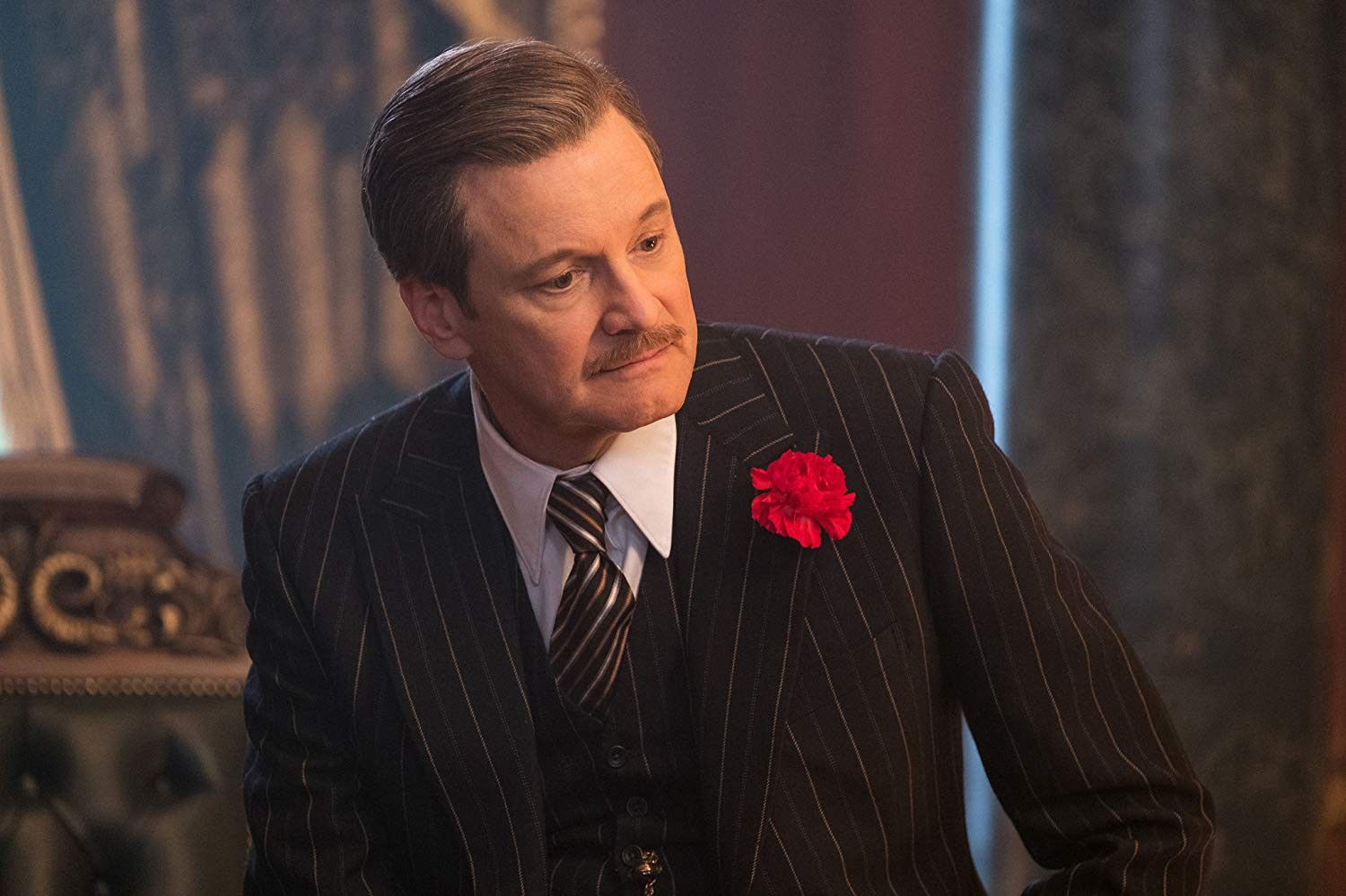
Also, the fact that this film has a villain was just weird. In the original, the antagonistic force was amply supplied by the impersonal, hard-headed, money-minded nature of the bank. Today I guess we need an extra evil banker with a bone-headed scheme to get rich through foreclosures, somehow. I seem to remember a few years ago a bunch of people defaulted on their mortgages and the banks nearly collapsed from it, but I’m not an economist, so whatever. All this to allow the bank president to arrive in the eleventh hour (or the thirteenth, I guess) and be the real hero of the film, solving Michael’s problems with word that not feeding the birds has finally paid off.
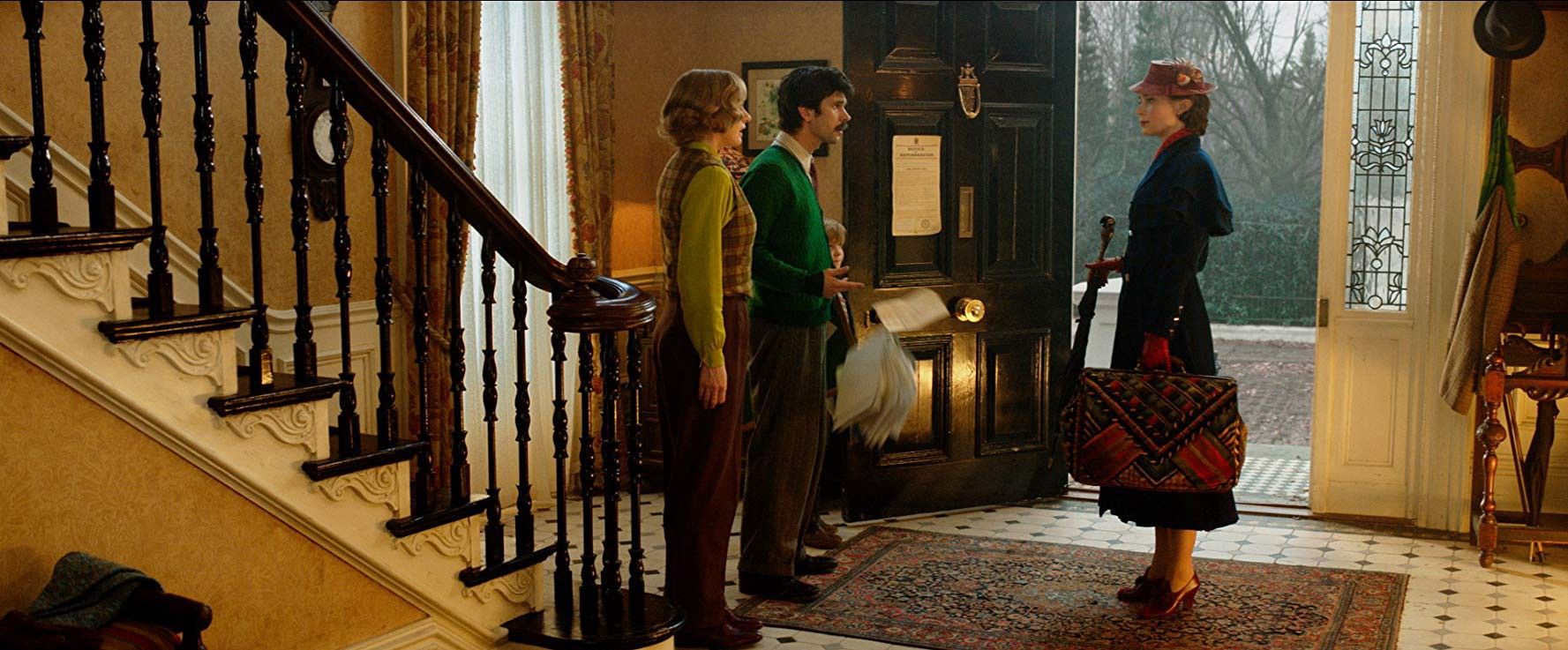
Recommendation and Rating
I feel like I’ve been too harsh here, since I mostly thought this film was fine. But, when I end these reviews, I try to say who else I think should see the film, and I can’t think of anyone who I’d say should definitely see this. By that metric, this should probably be a 2/10. Then again, I can’t think of anyone I’d explicitly warn away, besides those who hate musicals, who weren’t going to see this anyway. There’s also quite a bit of technical effort on display here, all competently achieved, and I don’t want to sweep that away.
If there wasn’t already a Mary Poppins film, this might be worth something, but there is, and this is just that but not as good.
5/10 — Genuinely mediocre. In some ways successful, but in just as many ways failing. No recommendation is made either way





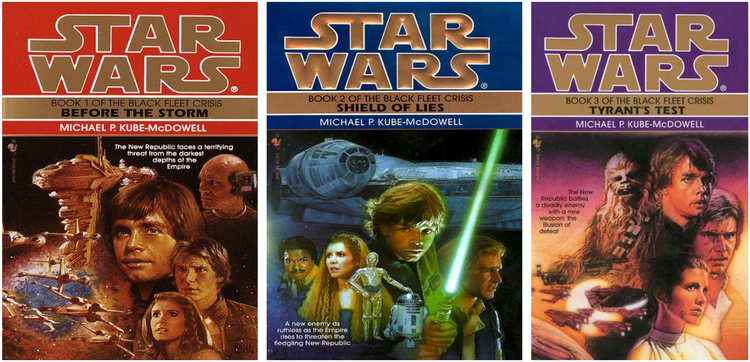
Member Commentary